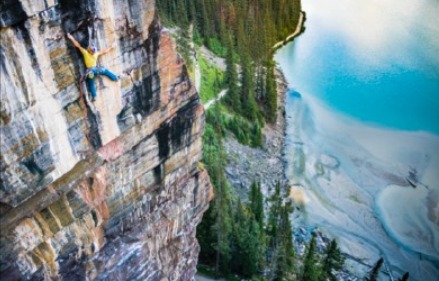The America’s Project
Climbing Across America
by tenaya
2024-11-30T18:05:31
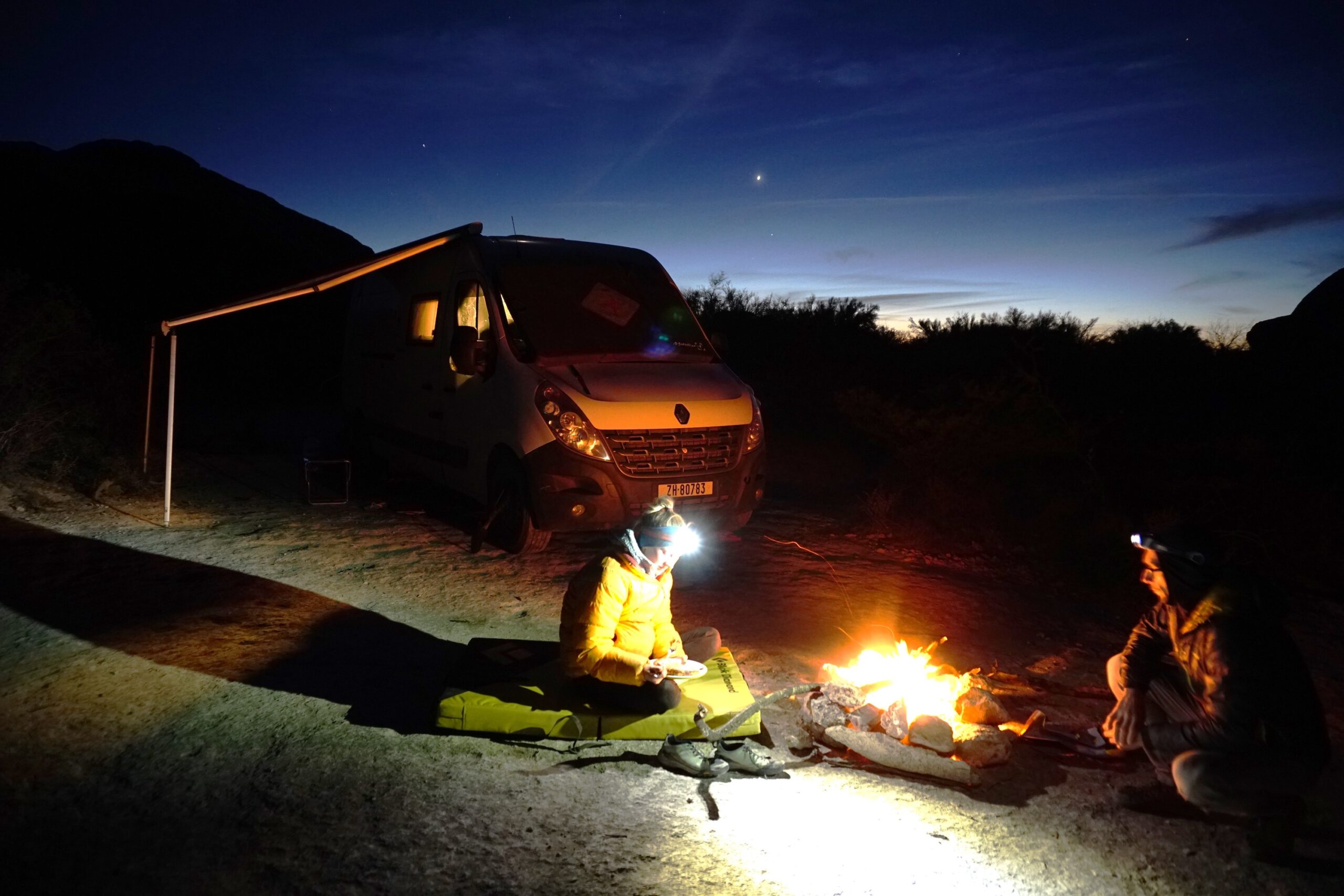
Imagine travelling across America, exploring the best crags and climbing everything from six foot boulders in Hueco Tanks to 6000m Bolivian mountains. For some, a trip like this would be a dream. For Vini Todero, Nadja Pfister, and their dog Leki, it was a reality. “This whole project was born from the desire to climb and do something we would remember for the rest of our lives,” Todero said of their 19 month dream trip. The climbers drove almost 60,000 miles through 15 countries with stops at what was their favorite climbing of the trip, the Red River Gorge, the best rock of the trip, Brazil’s Serra de Cipo, the most impressive area, El Chalten in Argentina, and the friendliest climbing area of their trip, the Bolivian cliffs. As they travelled, they found stark differences in the culture between Europe and the Americas. They also learned a bit about how to make a trip like this work.
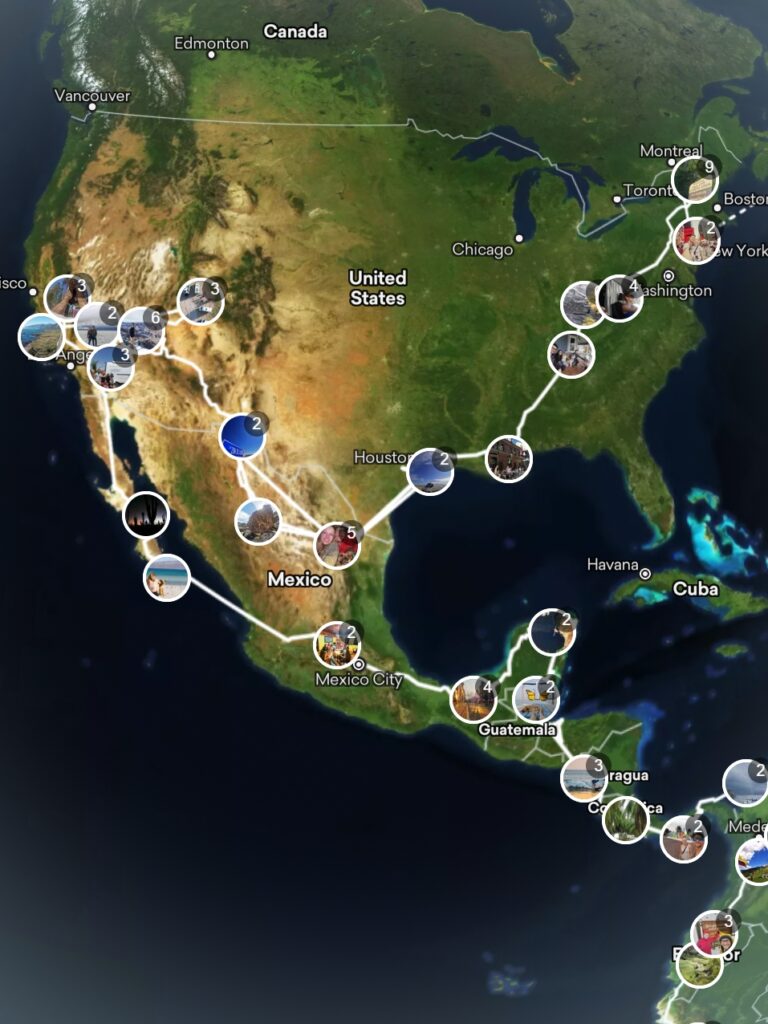
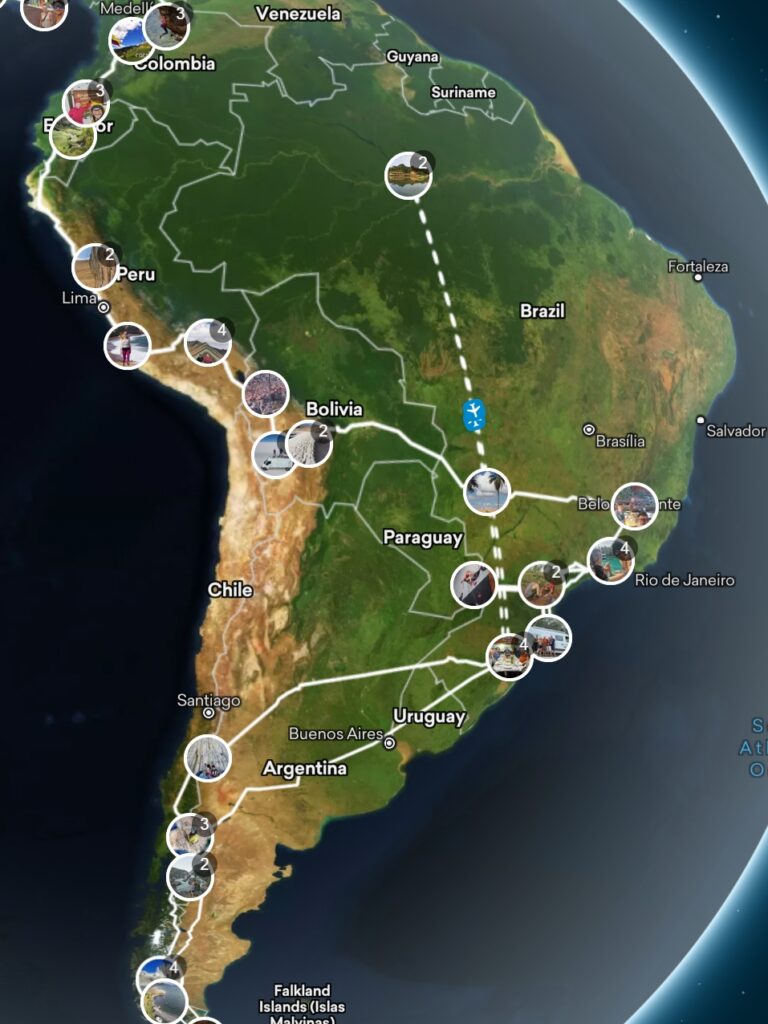
The Atmosphere
As the pair drove across the continent, they found welcoming and supportive climbers. On their third day, they made a mistake paying for parking incorrectly and their van was towed. A few climbers helped them work with the tow company to get their van back. As they climbed, local climbers would often approach them congratulating them for succeeding on routes that they would rarely receive praise for in Europe. The helpful climber and the encouragement made them feel welcome. They also noted a stark difference in the attitude of climbers.
They noted that the US climbers were very committed as well. “In Europe, a 6 hour drive would be long for a week of climbing but in the US, climbers typically drive that time for the weekend,” said Todero who marveled at how many approaches required four wheel drive to access them, making them hard to reach but the US climbers seemed especially psyched. Even when the weather was bad, Rodero and Pfister would see other climbers at the crag. “On a cold, rainy day in Europe, if you go climbing, you will probably be alone at the crag,” said Todero who saw US climbers at the crag even after spending cold, unpleasant nights in their tents. “Maybe that is because sometimes people need to drive long distances to the crags, and once they are there they have to make the most of it. Or it’s more a cultural thing,” Todero thought that US climbers had more of an attitude of “We came here to climb, so let’s do it.”
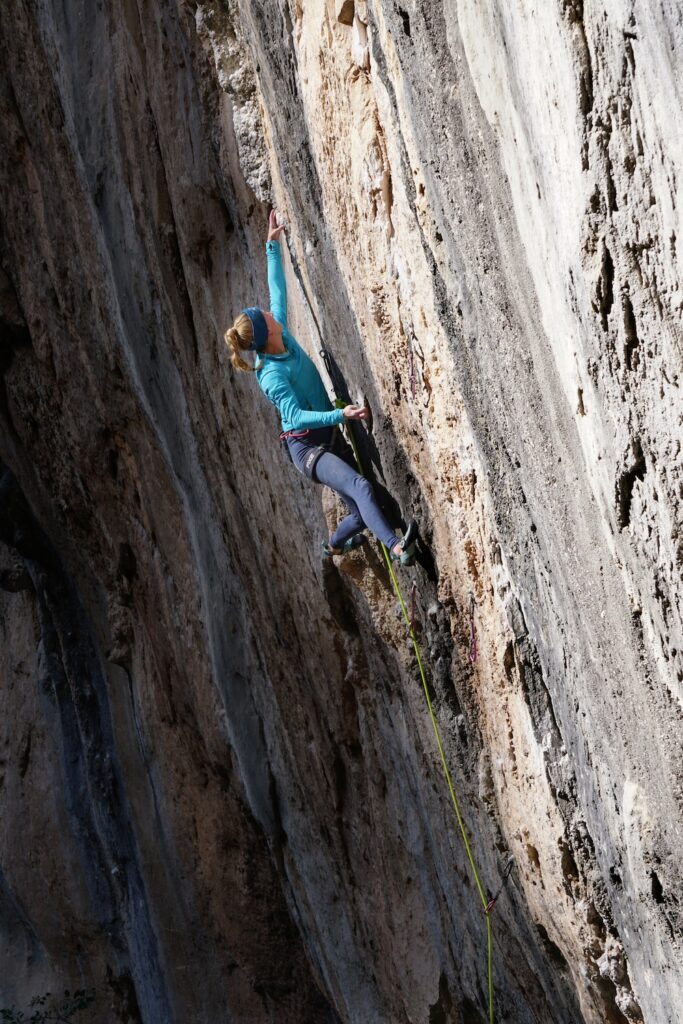
That level of commitment translated to more people doing vanlife. Todero and Pfister, and Leki travelled around in a full-size van, which though they had the normal mechanical troubles, proved to be a solid option and kept their over 130kg of climbing gear safe. Though it’s rare in Europe to see climbers living out of small cars, they met numerous people living in tiny cans and cars transformed into their homes. “While it’s not as comfortable as a full-size van, especially on cold, rainy days, these smaller homes can be a good and cheap way to live nomadically,” Todero said.
The Climbing
As predominately sport climbers, Todero and Pfister found climbing in America to be unique. In the US, cracks run through the sandstone and the granite allowing for more trad climbing and a mix of bolted lines and trad routes in the same sector. In Europe, these areas, including the cracks would be fully bolted. The combination of cracks and bolts allowed the pair to switch between styles for the day. “It’s been really fun combining trad and sport climbing at the same sector on the same day,” Todero said.
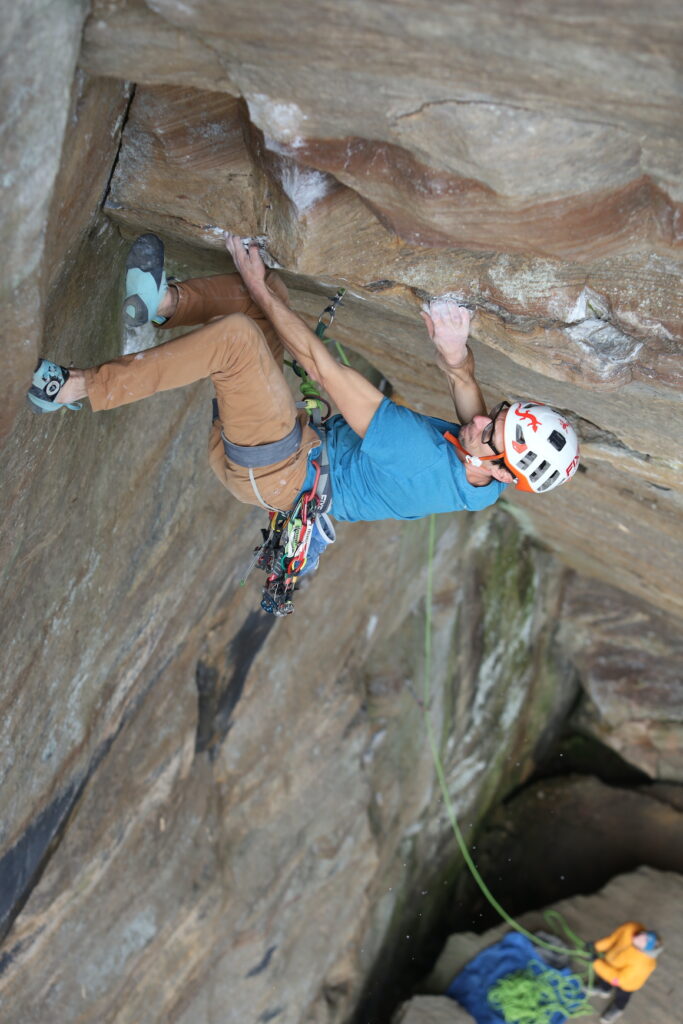
The style of bolting also differed dramatically. After a few days in the Red River Gorge, they realized they needed a stick clip as many of the first bolts tended to be high with hard climbing up to them, a phenomenon that they hadn’t noticed in Europe. They didn’t want to spend $50 on a prebuilt model so they pieced one together with a fishing pole and a piece of PVC tube. Local climbers asked them about their ingenuity. “They would ask us about our excellent $12 model,” Todero said.
Not only were the first bolts high but they found that in the US, there were fewer routes. Holds cover the Madness Cave at the Red River Gorge and any line could be bolted and climbed. In Europe, a similar area would have 15 routes with five link-ups but instead there are seven nice routes far apart and no link-ups. This created a higher standard for bolting, which the climbers appreciated.
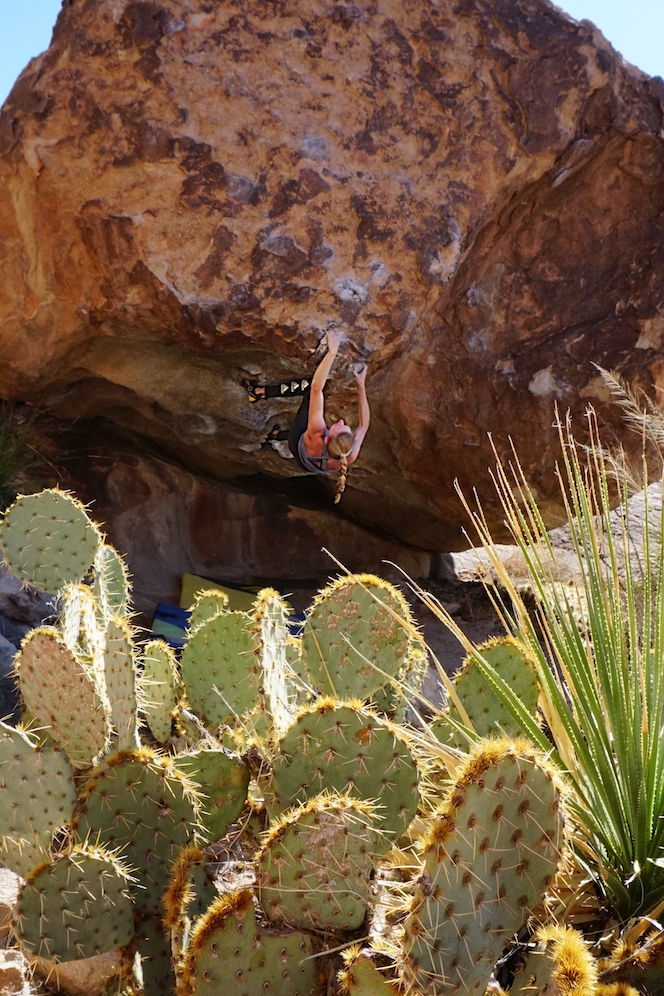
Making the Most of the Trip
The pair had some incredible memories on the trip. On Todero’s 40th birthday, the pair climbed in the Cerro Chalten Range. For Pfister, the pair climbed the 15 pitch El Sendero Luminoso (5.12d) in El Portero Chico. “Getting up at 4:00 am, walking through the quiet village, climbing with headlamps next to our friends, and even getting to the summit without any falls felt very special,” said Pfister. But even the great highlights of the trip were filled with down time.
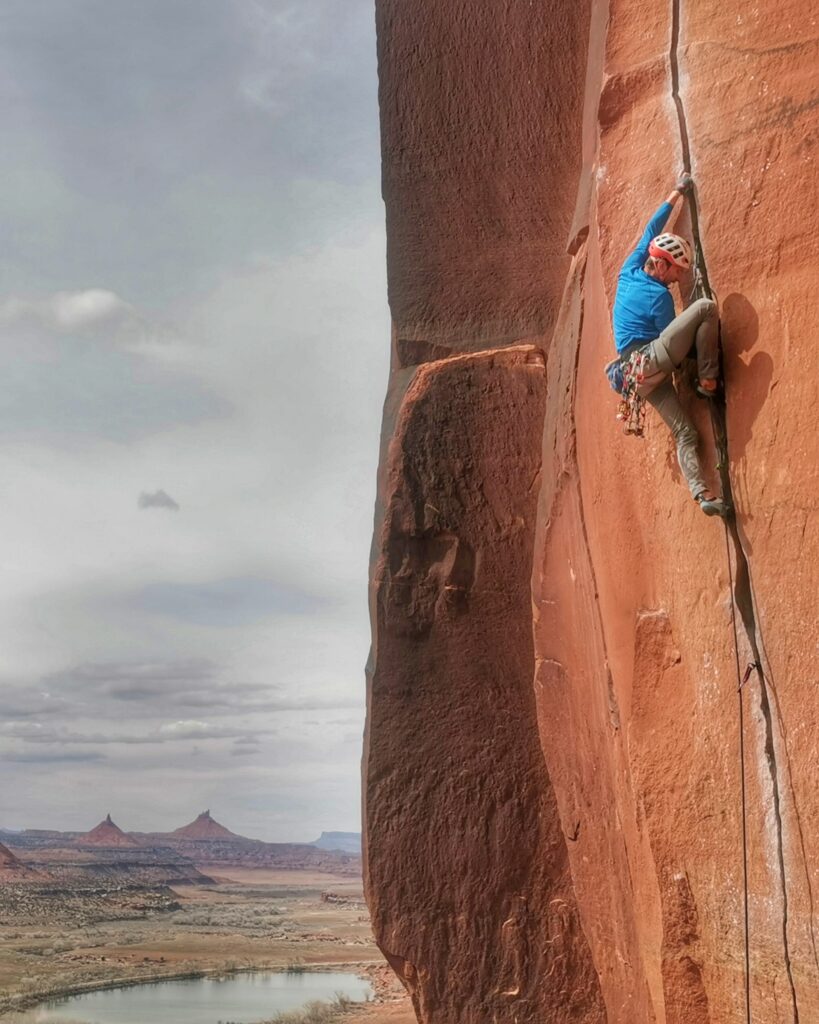
The pair thought that they’d be in the best shape of their lives as they climbed across the continent but the reality was that they switched from being extremely active to taking long periods of time not climbing and only driving as they travelled from one destination to the next. “It’s difficult to keep in good shape in one specific discipline if you’re not focusing,” Todero said. But the point of the trip was less about performance and more about being able to go from bouldering one day to climbing a spire in the Cerro Chalten the next. Plus, they would often hangboard and stretch during their drives, stopping to take photos of the cactus.
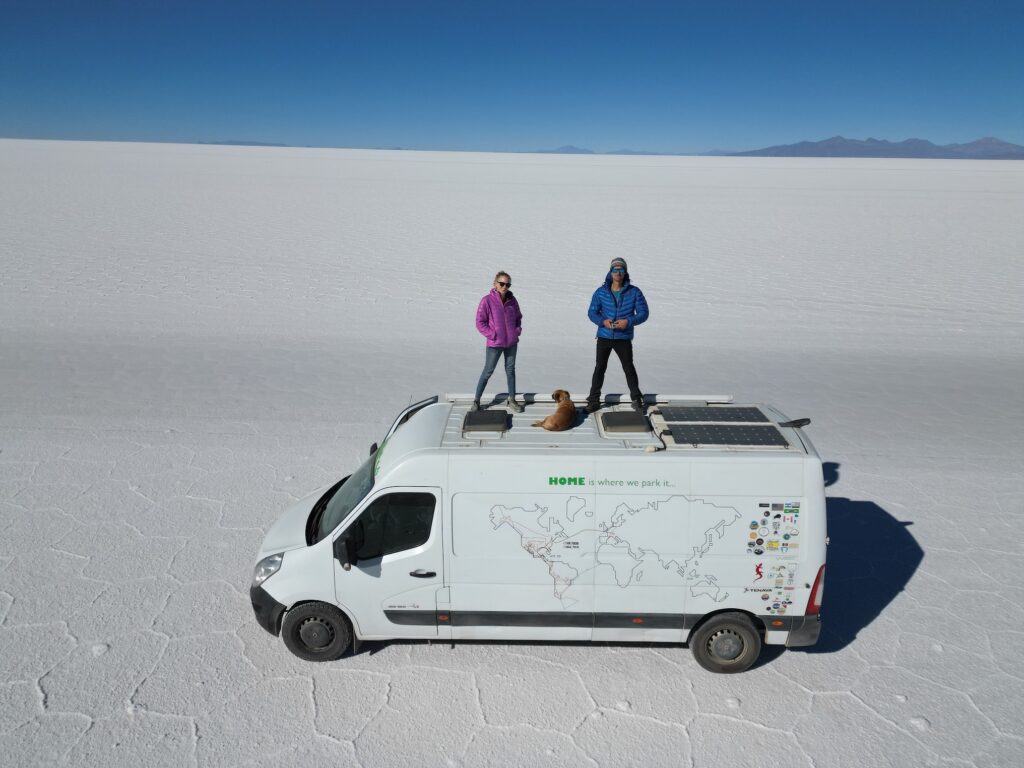
“The most difficult part was to decide on doing it,” Todero said. At the start when they were planning the trip, the logistics seemed overwhelming but once they actually started, it was easier than they expected. “Because of this, we encourage people to seek adventures and crazy dreams, even though they seem too hard or far away from your reality.”

